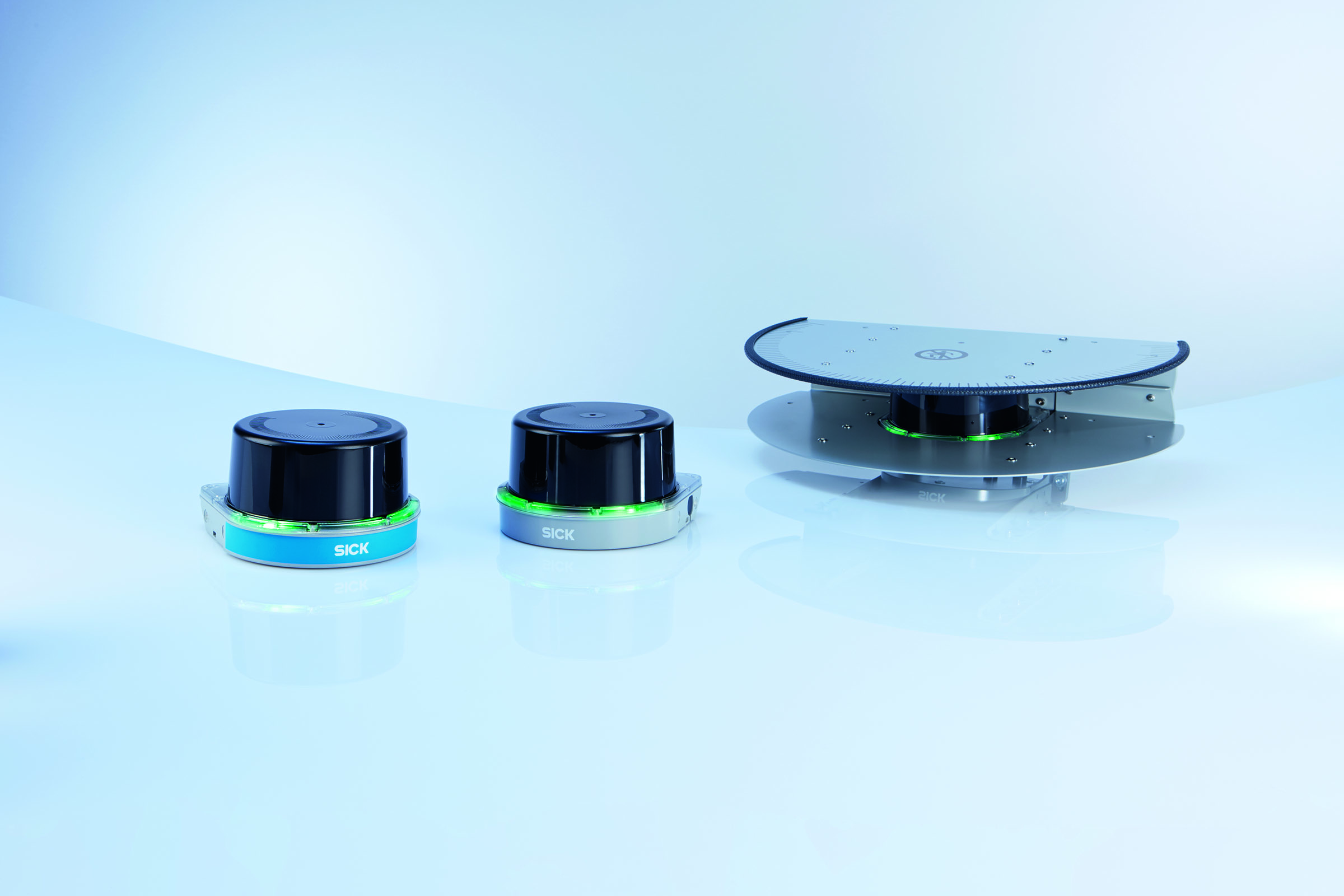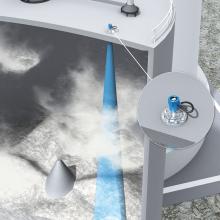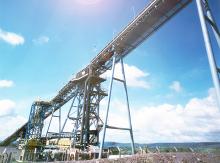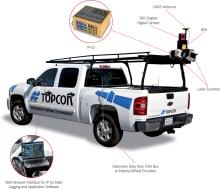
SICK has introduced the LMS1000 and MRS1000 infrared LiDAR sensors for reliable distance sensing and ranging in quarrying and mining applications.
The German tech company says the sensors are suitable for both outdoor and indoor use. They each weigh 1.2kg and have rotatable connectors making them suitable for machine builders as well as for retrofitting to existing equipment for a range of plant and building security duties. The sensors can be mounted on machinery, cranes or gantries, on walls or above entrances in buildings to achieve optimum viewpoint.
Incorporating SICK’s HDDM+ (High Definition Distance Measurement) ‘triple-echo’ scanning technology, the LMS1000 and MRS1000 sensors are designed to enable greater consistency in performance, and to avoid false signals when they face adverse environmental conditions such as heavy rain, snow, mist and dust.
Neil Sandhu, SICK national product manager for imaging, measurement, ranging and systems, said: “As false signals are almost eliminated, there is much less risk of collisions or errors due to an inaccurate evaluation of the position of objects in the sensor’s field."
The SICK LMS1000 scans in a single plane, with a 275o angle of view, up to 64metres for a general range of distance detection and ranging applications, with 10 fields allowing several pre-programmed applications. With the same angle of view and distance, the MRS1000 scans in four planes, allowing either the height of objects to be scanned in, such as overhanging obstructions, or in-depth scanning from an elevated position. 64 fields allow a very wide range of applications.
SICK says the exceptionally high scanning frequency means the amount of data collected by the LMS and MRS1000 units is very accurate and reliable. It adds that the triple echo evaluation technology means the masking effects of snowfall, rain, mist or dust are eliminated from the signal, enabling the detection and location of even rapidly moving objects.
The IP65/67 housing resists shock, impact and vibration, and together with its operating temperature range of -30oC to +50oC and integrated heating, SICK says this means the sensor can operate even in extremes of weather.









